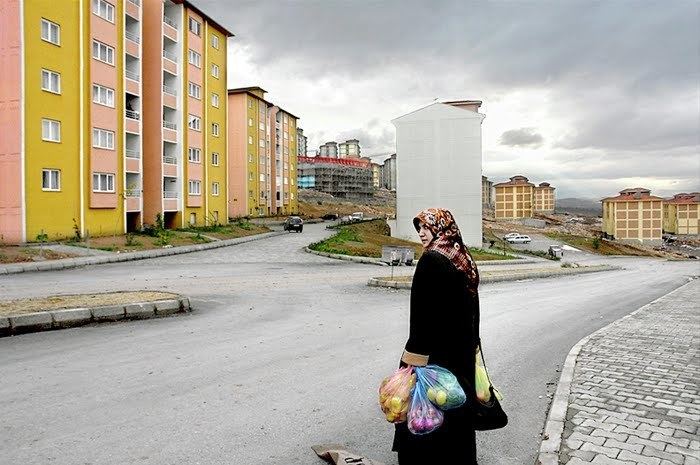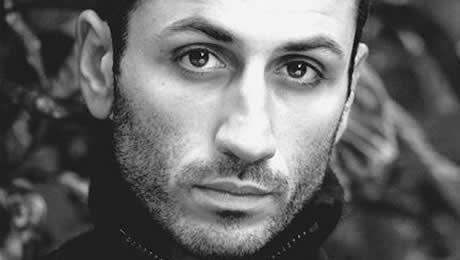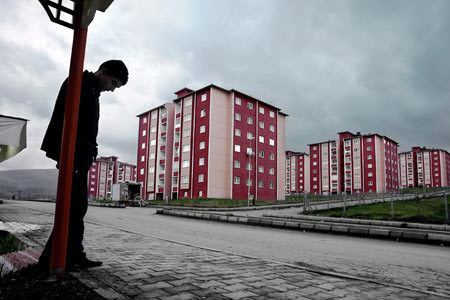Nationality British Role Freelance photographer Name George Georgiou | Website www.georgegeorgiou.net Occupation Photographer | |
 | ||
Awards World Press Photo Award for Portraits, World Press Photo Award for Arts and Entertainment | ||
Ps george georgiou crazy love 19 july 2015 10 30am
George Georgiou (born 1961) is a freelance British photographer and photojournalist best known for his work in eastern Europe, particularly Turkey.
Contents
- Ps george georgiou crazy love 19 july 2015 10 30am
- Mt li ve dr george georgiou bioresonance
- Career in photography
- Turkey
- Georgia and the Ukraine
- Awards
- Exhibitions with others
- References

Mt li ve dr george georgiou bioresonance
Career in photography

Born in London of Greek Cypriot parents, Georgiou graduated in photography from the Polytechnic of Central London.

Georgiou's work has focussed on communities split between different cultures. After working for six years in Serbia, Greece and eastern Europe, he was recently based for four years in Istanbul. His work in Turkey led to a series of photographs titled Fault Lines/Turkey/East/West, which has led to several exhibitions and a book. Georgiou has also taught photography at Barnet College in London and a number of workshops in Europe.

Arriving somewhere new, Georgiou's approach is first to unburden himself of preexisting images of the place and to try to see through superficial differences with places he knows; he then looks for commonalities and actual differences. He starts by himself and only when well underway hopes to attract commissions and make sales.
Georgiou's early work was in black-and-white but for Fault Lines and subsequent work he moved to colour, using a compact camera with an articulated LCD that may be viewed from above, like the ground glass screen of a twin-lens reflex camera; this is because he believes it less intimidating for the people photographed than a camera held to the eye.
Georgiou belongs to Panos Pictures. His noncommercial approach has presented challenges; speaking in 2009, he described himself as having large debts but remaining optimistic.
Turkey
Georgiou had long been curious about Turkey, and when his visit to Istanbul in 2003 coincided with bombings he determined to learn more about the issues involved. The eventual theme to his work in Turkey gradually emerged as he observed bleak new collective housing springing up for an incongruous urbanisation of the rugged Anatolian plateau. The resulting work, Fault Lines/Turkey/East/West, explores the notion of an East/West division and the additional and complex fault lines – religious/secular, tradition/modernity, and more – that cross the Turkey of today.
Georgiou started the work in monochrome but soon moved to colour. Photographing in spring and autumn helped in subduing the light and avoiding the blue skies familiar from National Geographic and the like.
In a review of Georgiou's exhibition Fault Lines at Side Gallery (Newcastle), Katie Lin found that his photographs evoked sadness rather than sympathy resulting from "the desolation and emptiness that features in so many of his shots". In some cases, this desolation was exaggerated by the "disproportional space awarded to the sky" or by the look of the "faces of passersby who just happened to get caught in the frame". But overall she found the photographs were "thought-provoking and beautiful in content, composition and colour, a fantastic display of the everyday life experience of Turkish people".
Adam Stoltman wrote for the New York Times that in Fault Lines:
Through a series of haunting architectural and landscape scenes of Turkey's rush toward modernization – and the resulting tension between the secular and the modern – George Georgiou has visually put his finger on a kind of listless alienation which at times can seem to pervade globalized society.
Georgia and the Ukraine
In late 2010 Georgiou had been working for five years on In the Shadow of the Bear, a project that looks at the aftermath of the peaceful "Rose" and "orange" revolutions that took place in Georgia and the Ukraine against the backdrop of Russia's resurgence as a major international power and its continuous involvement in the two nations' affairs. The project looks at signs in the domestic and public spheres, that when taken together build up a representation of how the people of Georgia and the Ukraine negotiate the space that they find themselves in; individual aspects of the two very different countries, and aspects common to them through their shared history in the Soviet Union. Georgiou hopes to present this work in either one volume or two.
